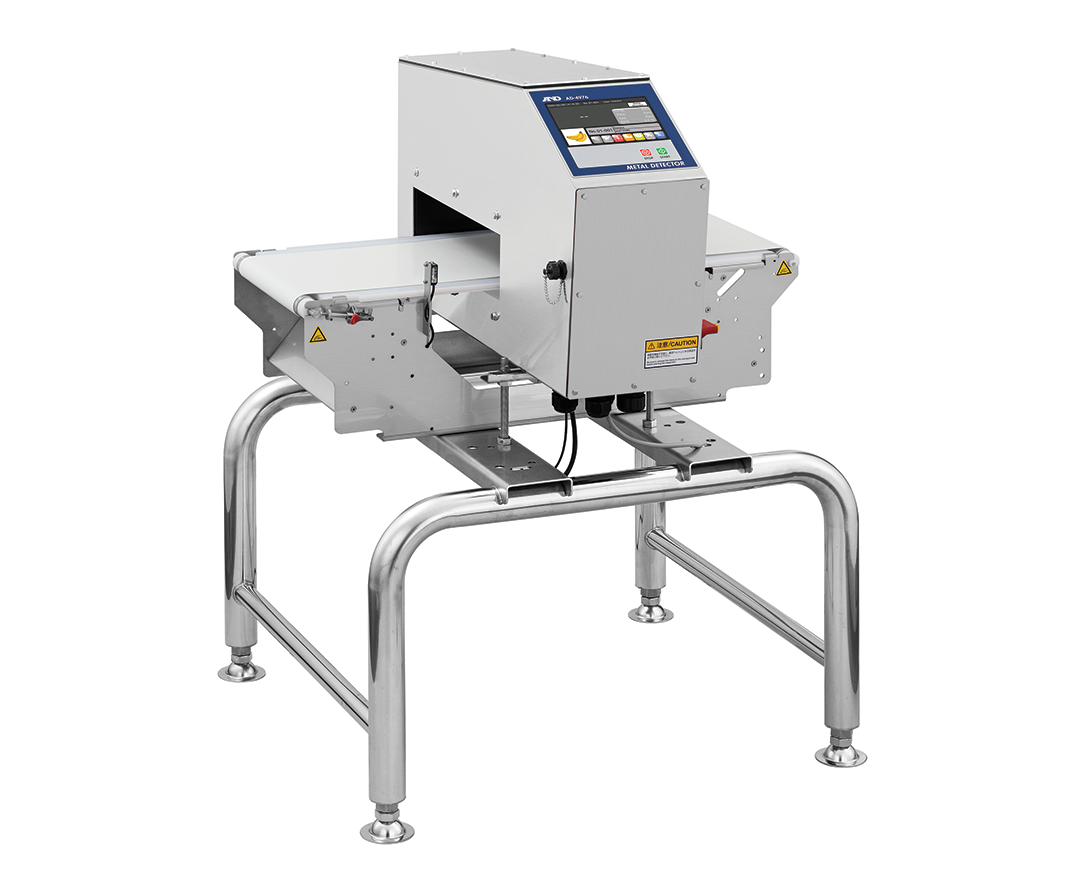In the food packaging industry, ensuring product safety and quality is paramount. One crucial tool that plays a significant role in achieving these goals is the metal detector. Metal detectors are sophisticated devices designed to detect and eliminate metal contaminants from food products during the packaging process.
The Importance of Metal Detection in Food Packaging
Contamination of food products with metal fragments can occur at various stages of production, from processing to packaging. These contaminants can originate from machinery parts, utensils, packaging materials, or even accidental introduction during handling. Regardless of the source, metal contaminants pose serious risks to consumer health and can lead to costly product recalls, damage to brand reputation, and legal repercussions for manufacturers.
Food Metal detectors serve as a critical line of defense against such contaminants, allowing food manufacturers to detect and remove metal particles before products reach consumers. By implementing metal detection systems in their packaging lines, manufacturers can adhere to stringent food safety regulations, uphold quality standards, and prioritize consumer well-being.
How Metal Detectors Work
Modern metal detectors used in food packaging employ advanced technologies to detect metal contaminants with precision and accuracy. These detectors typically utilize electromagnetic fields or eddy current systems to identify the presence of metal particles within food products or packaging materials.
When a metal object passes through the detector’s electromagnetic field, it disrupts the field and triggers an alarm or signal, alerting operators to the presence of a potential contaminant. Depending on the system’s configuration, the detected product can be automatically diverted for further inspection or rejection, ensuring that only safe and contaminant-free products proceed through the packaging line.
Benefits of Metal Detectors in Food Packaging
a. Consumer Safety: The primary benefit of metal detectors in food packaging is enhancing consumer safety. By detecting and removing metal contaminants, manufacturers prevent the risk of consumers ingesting harmful particles, thus safeguarding public health and well-being.
b. Compliance with Regulations: Metal detectors help food manufacturers comply with regulatory standards and industry guidelines related to food safety and quality assurance. Regulatory bodies such as the Food and Drug Administration (FDA) and the European Food Safety Authority (EFSA) mandate the use of metal detection systems to minimize contamination risks in food products.
c. Prevention of Product Recalls: Contaminated food products can trigger costly recalls, tarnish brand reputation, and result in financial losses for manufacturers. Metal detectors play a crucial role in preventing such incidents by identifying and eliminating metal contaminants before products are distributed to the market.
d. Quality Control: In addition to safety, metal detectors contribute to maintaining high-quality standards in food packaging. They help identify and remove non-metallic foreign objects as well, such as glass, plastic, or stones, ensuring that only safe, intact, and properly packaged products are delivered to consumers.
e. Brand Reputation: Food safety is a top priority for consumers, and brands that prioritize safety and quality build trust and loyalty among their customer base. Utilizing metal detectors demonstrates a commitment to food safety, which enhances brand reputation and fosters consumer confidence in the products.
Applications of Metal Detectors in Food Packaging
Metal detectors find extensive applications across various segments of the food packaging industry, including:
Processing of raw materials: Detecting metal contaminants in raw ingredients such as grains, fruits, and vegetables before processing and packaging.
Packaged products: Ensuring the integrity of packaged goods, including canned foods, beverages, snacks, and frozen products.
Ready-to-eat meals: Verifying the safety of ready-to-eat meals and convenience foods that undergo packaging and sealing processes.
Bakery and confectionery items: Detecting metal fragments in baked goods, chocolates, candies, and other confectionery items during packaging.
Also Read: Exploring the Significance of a Food Safety Inspection System
Choosing the Right Metal Detection System
When selecting a metal detection system for food packaging, manufacturers should consider several factors:
Sensitivity: The system’s sensitivity to detect various sizes and types of metal contaminants, including ferrous, non-ferrous, and stainless steel particles.
Throughput: The speed and efficiency of the system in processing products without compromising detection accuracy.
Integration: Compatibility with existing packaging equipment and integration with production lines for seamless operation.
Ease of Use: User-friendly interfaces, intuitive controls, and minimal training requirements for operators.
Maintenance: Reliability, durability, and ease of maintenance to ensure consistent performance and minimize downtime.
Conclusion:
Metal detectors play a critical role in food packaging by safeguarding consumer safety, ensuring compliance with regulatory standards, and maintaining product quality and integrity. Their ability to detect and eliminate metal contaminants helps prevent costly recalls, protects brand reputation, and fosters consumer trust in food products. As technology continues to advance, metal detection systems will remain indispensable tools for food manufacturers committed to delivering safe, high-quality, and reliable products to the market.

